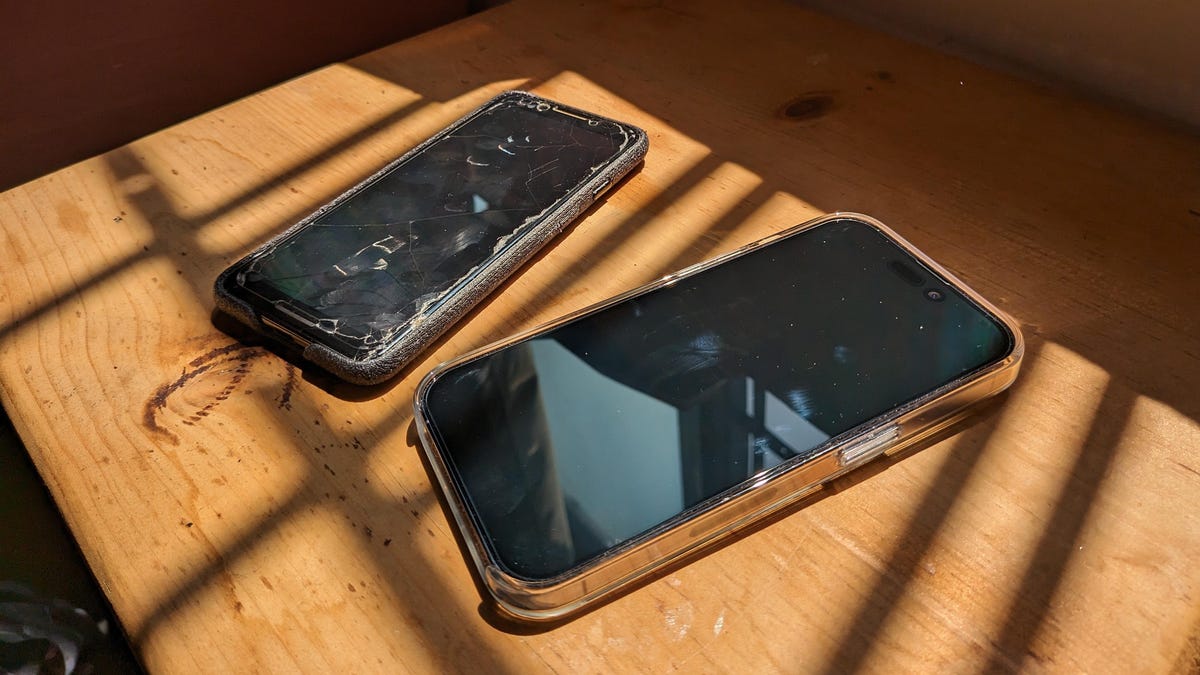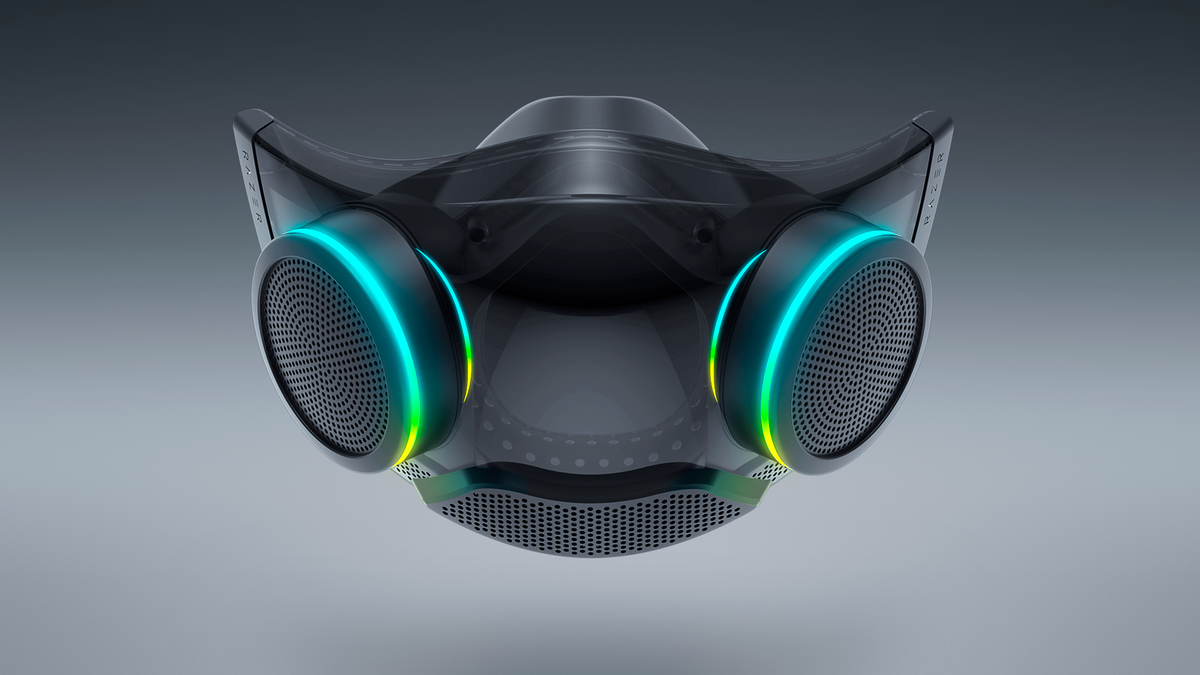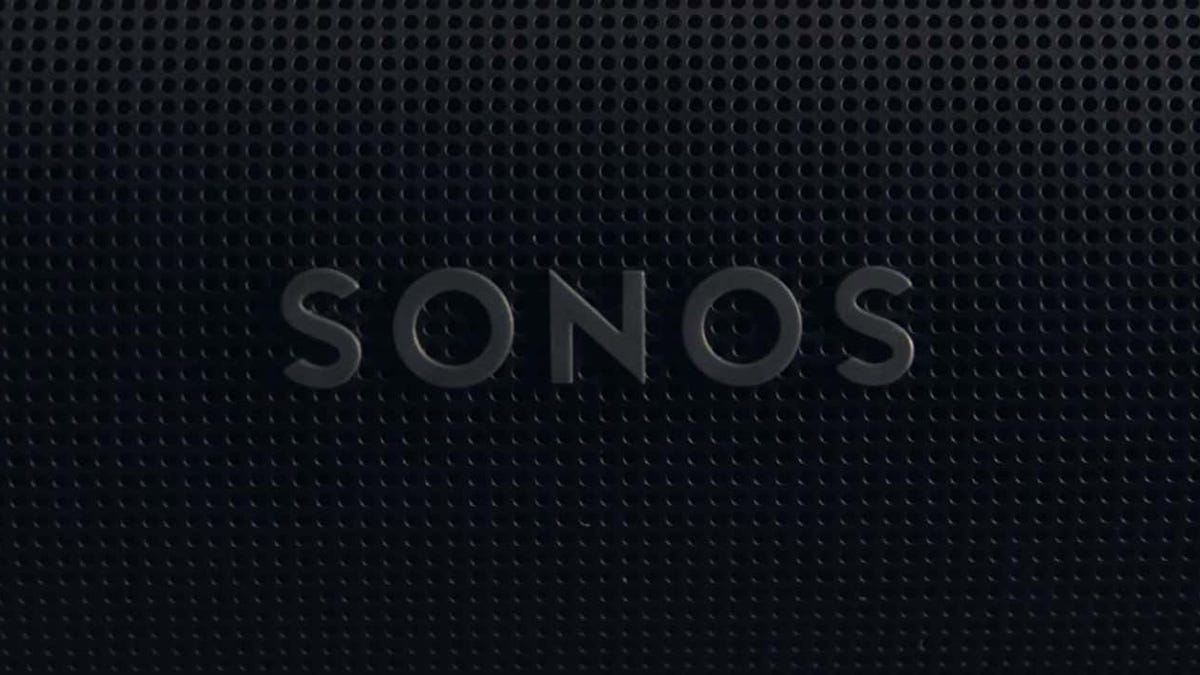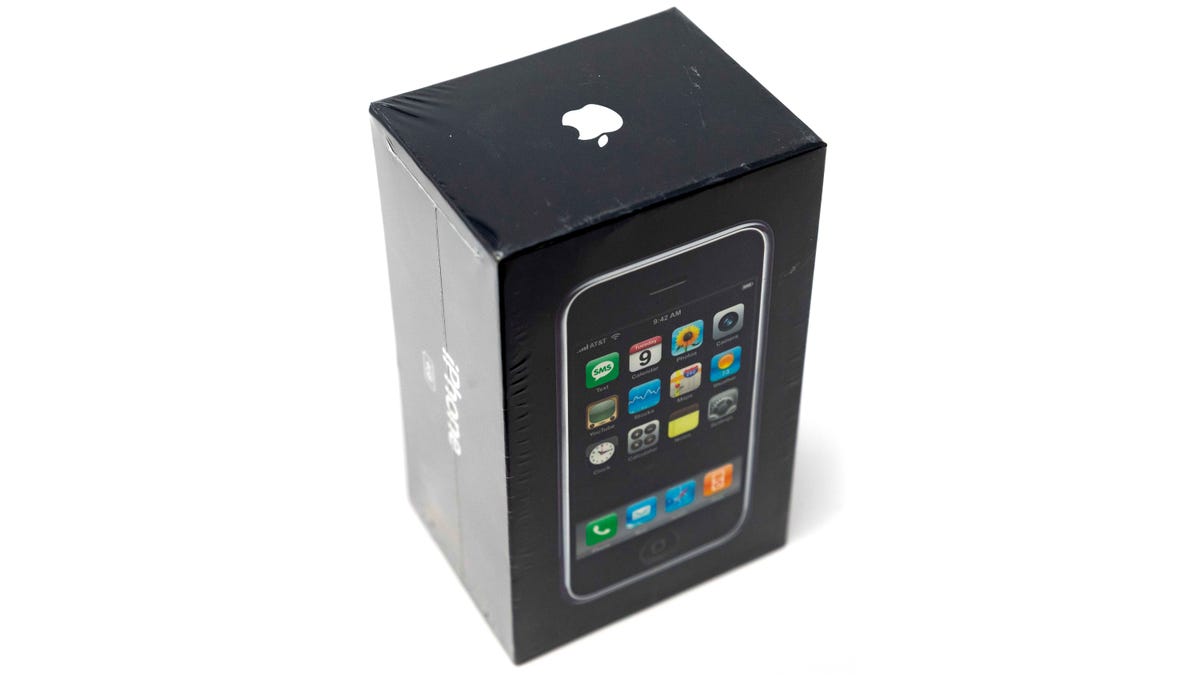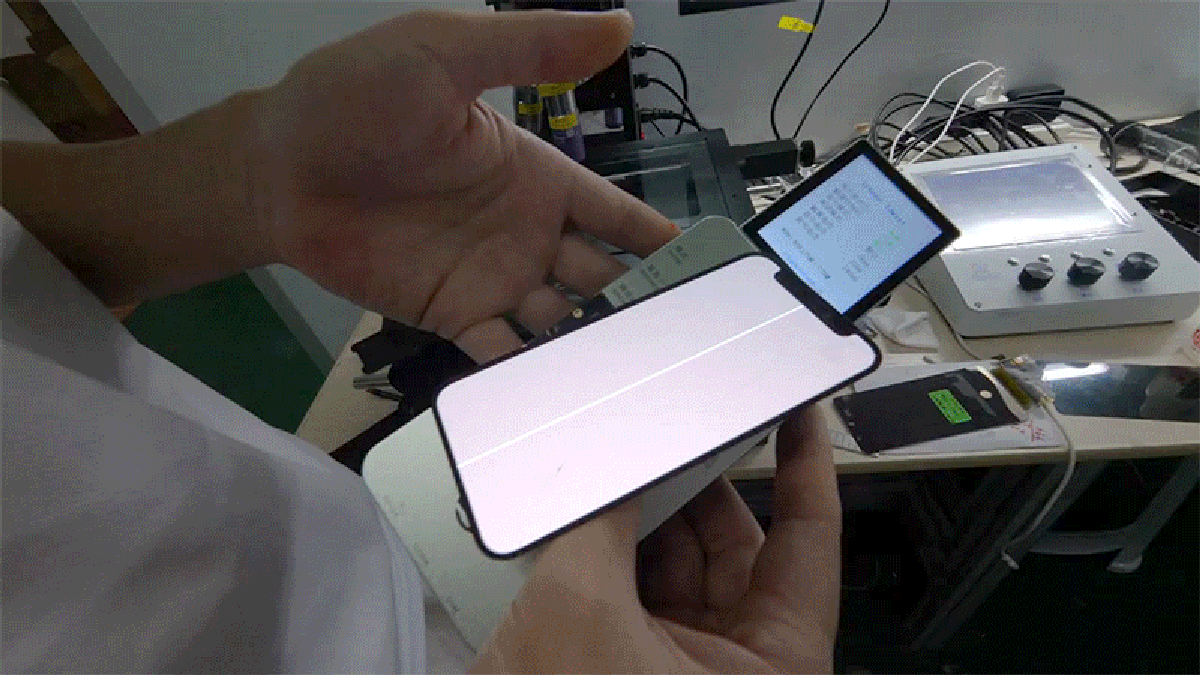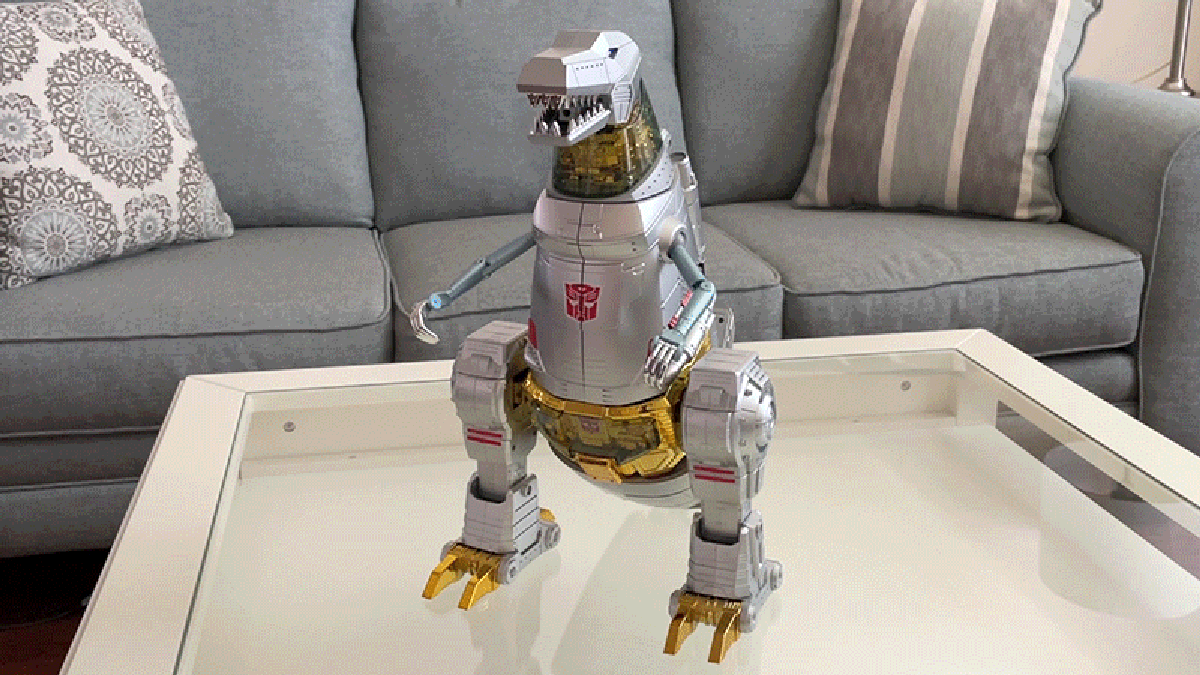Nobody has been trimming the hedges of Google and Apple’s walled gardens. I should know. I’ve straddled the hedgerows separating the iOS and Android ecosystems and had my nethers pricked by some oddly-placed thorns.
I switched from an old, busted, failing Pixel 3 to the latest iPhone 14 Pro last month. It reminded me how much both companies love you when you stay but truly hate watching you go.
Switching from Android to iOS simply makes life more difficult. I’m like a lot of New Yorkers: I’m busy. In between work and traveling nearly every weekend for the past month, I’ve had to wrestle with my cell carrier and alternate between using Apple and Google’s native services just to keep up with my day-to-day responsibilities. It’s been more than a full month since my switch, and I’m still forced to boot up the Pixel to find an old wifi password or reconfigure an app that doesn’t enjoy the fact I’ve switched ecosystems.
I made the switch in the first place because I wanted to test apps that only appeared on iOS. For my purposes, Apple’s mobile operating system is better than Android in several ways. Most of all, I like how iOS constantly asks about whether I should let apps take my private info or send me notifications.
I spent $1,000 of my own money—something I’ll be paying off in $50 monthly installments for the next two years—for the privilege of uprooting my digital existence. Even if it feels nice to finally have a new, powerful personal device, It’s hard to say this adventure was worth the ticket price.
What I struggle with are all the minor inconveniences of transitioning to Apple’s proprietary landscape. I’m not the first to point out these fence-hopping struggles, but recent industry analysis shows the number of hoppers are growing. Consumer Intelligence Research Partners reported that among the past year’s new iPhone buyers, 15% were former Android users. That’s a pretty big jump from the year prior when the number was 11% of new iPhone users. The last time we saw this trend was back in 2018, though it’s not nearly as big as 2016, when 21% of new iOS users were former Android denizens, according to CIRP’s data.
In spite of the rising trend, transferring from one ecosystem to another is difficult by design on both ends. Others have noted the comparative lack of customization options on the iPhone, but the switch to eSIM-only on iOS caused me far more of a headache than it should have. If you’re thinking about making the same switch, perhaps you can learn from my experience. Who knows, maybe Apple and Google can eventually shake hands and help each other out. But for now, with each new generation of phones, those garden walls are only getting bigger and thornier.
The Long Descent Into eSIM Hell
One of the major changes between the previous generation of iPhones and the 14/14 Pro was the move over to eSIM only. The idea is sound. Why should consumers need to prod their new phones with a paperclip to get a SIM tray open when all that can be handled electronically? Despite every Pixel phone past 4 featuring eSIM, my nearly 5-year-old Pixel 3 was a physical-SIM-only device.
Doing initial setup on the new iPhone was relatively brisk. Then it asked me about transferring my old phone information to the new one. I told it that I needed to go from Android to iPhone. No problem, Apple told me, just scan the QR code provided by your cell service.
Unfortunately, that wouldn’t work. My cell carrier, T-Mobile, does have a QR code on its site, but it requires users to contact them to make the switch from SIM to eSIM. No, there’s no way to do it online. It’s for security, likely to try and avoid those nasty SIM swap attacks used by hackers to take control of victims’ phones. Either I schlep to a physical T-Mobile store or I call up T-Mobile and have them walk me through it.
I spent somewhere between 30 and 45 minutes on the phone. The T-Mobile rep asked me for my new iPhone’s IMEI. Android users, who are used to simply transferring data from one phone to another like I was, may not have an idea what that is. It’s the International Mobile Equipment Identity, a code unique to each device like a fingerprint. You can find it under iPhone settings though the General tab, then About, and all the way toward the bottom.
Of course, I don’t know any of this at the time. This is my first iPhone. I had to go back and forth with the T-Mobile rep for about 10 minutes before they finally told me where I can find this number. I read it off. All set, right?
Then the rep asked for the MEID number. that’s the Mobile Equipment Identifier, essentially a pin code. He told me what it should look like, but the thing is, there is no MEID on the About page. This wouldn’t be a problem if there was a physical SIM tray to read off some of these codes, but of course, there’s none. For all this extra work, the iPhone 14 didn’t even gain much for its lack of physical SIM card slot. There’s a plastic spacer where the slot once sat.
I reiterated there was no MEID on the about page. The rep seemed confused. I could hear him talking with his manager in the background. Then the call was disconnected. Suddenly, I found that my iPhone was telling me everything was working properly. I never found out what happened. I washed my hands of it. Sometimes the price of knowledge is a loss of sanity. I’d rather stay ignorant and remain sane.
Google Still Owns My Online Existence
After I set up the basic functions on my iPhone 14, Apple prompted me to download a special app called “Move to iOS.” This app is supposed to make the transfer easier to bear, but in reality, it just added another headache. I have never organized my photos into folders, so after giving Move to iOS nearly an hour to load my heap of pictures onto my new device, I found that all those pictures were organized not by date, but by whether they were web images or photos. That is not a useful way of categorizing images. Move to iOS also loaded all the app icons I had on my Pixel into my photo stream, but, of course, the phone itself didn’t download any of those Android apps.
After the transfer was done, my iPhone 14 screen looked like a used car lot. In addition, my contacts list is now sectioned between “All Contacts” and those listed as coming from my main Gmail account. The different lists of contacts load every time I reopen the Contacts app. I have yet to understand how to merge them.
Google has been hard at work in recent years trying to become its users’ default password manager. For me, at least, it has succeeded. Thus, when I suddenly needed to remember all my passwords and wasn’t keen enough to use a third party password manager beforehand, I struggled to reconnect all my old accounts. Eventually, this won’t matter when passkeys become the law of the land. For now, though, it’s a big hindrance.
Call it what you will. I was lazy, yes, but these systems are designed to make users forget who is holding onto their data. Users are the battery that powers the app ecosystem. Google needs my juice, and, like all good parasites, I’ve come to depend on it.
Eventually, most of my accounts were settled, but only now do I truly understand how much of my life has become tied to the Android ecosystem. I used Google Keep to take notes, Gmail for all my messages, Docs for writing, and on and on. It would be an enormous undertaking to move even a fraction of that data to Apple’s built-in apps, even if I might find it easier in the long run. I am going to continue allowing Google to own me in digital form. Let’s not forget the various ways Apple still violates my privacy, though.
I Miss My Back Button
Most of my friends and family remain on Android, which means, once again, Apple’s refusal to adopt Rich Communication Services (RCS) protocol means all my texts come to them in an ugly green box. I still have to pull open my Pixel 3 to make sure nobody has tried to send me texts through RCS, as I won’t even get a notice they haven’t gone through.
Through SMS, images come through pixelated, and I can’t emoji react like I used to on friends’ chats. No, I can’t just buy my Mom an iPhone like Apple CEO Tim Cook wants me to. Google is also moving in this proprietary direction, and all this means is communication between friends and loved ones will grow that much more tedious.
The move from USB-C to lightning cables wasn’t as harsh as others make it out to be. Then again, in my line of work I end up with more types of cables than I regularly need. Beyond tests, I don’t regularly use too many wearables, and I personally haven’t experienced any accessory compatibility issues. Though if you use more Android-centric tech like a Samsung Galaxy Watch, compatibility problems can compound rather quickly.
But there are other things I regularly miss with my old phone. It takes some time to transition, sure, but in the weeks of use I’ve found that iPhones are far too restrictive where you can put apps on a page. I want to see my John Blanche phone backgrounds, but apps keep covering up the art’s main focal points. The lock screen isn’t nearly as customizable as I wish it were, though I’m hopeful iOS 17 takes a few of the child locks off, or at least offers more options for lock screen widgets. I’m also confounded as to why I can’t make some apps like Google Maps my default for navigation.
These issues have been consistent for as long as the Apple/Google rivalry has gone on, but it’s still surprising when you launch your iPhone for the first time and can’t even put your app icons where you want them.
I’ve gotten much better at navigating an iPhone, which is why I feel I can say that the common Android chin buttons are such an excellent quality of life feature I desperately miss. My thumb needs to crawl from one end of the screen so often just to return to previous screens, that I would give up the 14’s larger screen size just for those chin’s return.
Despite all my consternation about customizability and dedicated-gesture UI, the biggest boon of switching to Apple has been my own feeling of iOS’ emphasis on privacy. The App Store is much more detailed about how apps use your data, and every time you open a new application, Apple will make you confirm whether you want it to track location, biometrics, and more. The thing is, past Gizmodo reporting showed Apple itself track users, even when they turn off tracking. As much as I enjoy Apple giving me these privacy heads up, I can’t really be as comfortable with my data as I want to be.
Do I regret my switch? In many ways, yes I do. Perhaps in a few months time I’ll become so comfortable with Apple’s restrictive ecosystem I will never want to leave. But beyond any potential Stockholm syndrome, I remain annoyed that both Apple and Google know the issues with transferring devices, and they have not made any efforts to make consumers’ lives much easier. If either company wanted more people to enjoy your garden, perhaps they could try lowering the hedge rows a inch or two.
Want more of Gizmodo’s consumer electronics picks? Check out our guides to the best phones, best laptops, best cameras, best televisions, best printers, and best tablets. If you want to learn about the next big thing, see our guide to everything we know about the iPhone 15. Click here to save on the best deals of the day, courtesy of our friends at The Inventory.



